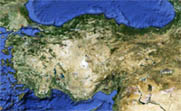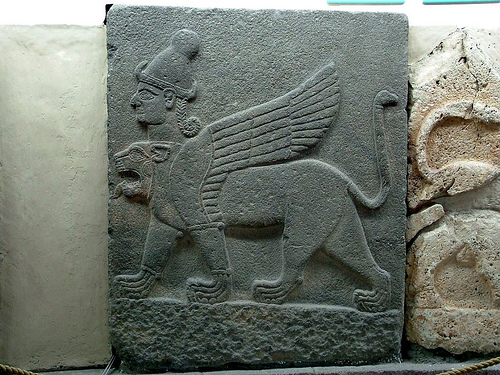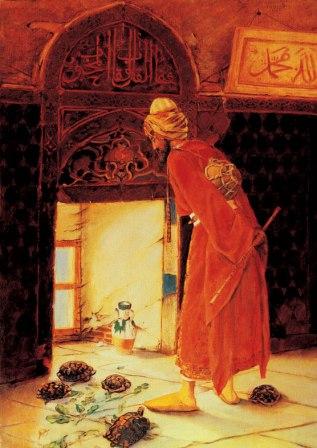A Country for All Tastes

Turkey has so much to offer her visitors; breathtaking natural beauties, unique historical and archaeological sites, steadily improving hotel and touristic infrastructure and a tradition of hospitality and competitive prices. Therefore, it is not surprising that this country has recently become one of the world's most popular tourism destinations. Due to Turkey's diverse geography, one can experience four different climates in any one day. The rectangular shaped country is surrounded on three sides by three different seas. Its shores are laced with beaches, bays, coves, ports, islands and peninsulas. The summers are long, lasting as long as eight months in some areas. Turkey is also blessed with majestic mountains and valleys, lakes, rivers, waterfalls and grottoes perfect for winter and summer tourism and sports of all kinds.
Skiing fans, mountain climbers, trekkers, hikers and hunters can enjoy new and unforgettable experiences in Turkey. Turkey is, above anything else, a huge open-air museum, a repository of all the civilizations nurtured by the soils of Anatolia. The huge amount of historical and archaeological wealth in Turkey seems more appropriate for an entire continent than a single country. Recently, a new field of tourism has opened up: health tourism. The country is in fact rich with hot springs, healing waters and healing muds, which come highly recommended by the medical authorities as a remedy for many diseases.
Nature & Geography

Turkey is a vast peninsula, covering an area of 814,578 square kilometres or 314,510 square miles and linking Asia to Europe through the Sea of Marmara and the Straits of Istanbul and Çanakkale. Across the Sea of Marmara, the triangular shaped Trace is the continuation of Turkey on the European continent. Anatolia is rectangular in outline, 1500 kilometres long and 550 kilometres wide.
Early Ages

The history of Turkey tells of a 10,000 year-old civilisation. Anatolia is a melting pot where cultures from Sumer, Babylon and Assyria interacted for centuries with peoples such as the Hattis, Hittites and Hourrites. The result was a unique Anatolian civilisation which has long inspired the thoughts and legends of the West. The ancient Bronze Age witnessed the establishment of the first independent city states. At that time, the centre and southeast of Anatolia were inhabited by the indigenous Hattis. The most spectacular findings from this time are those of Alaca Hoyuk in the Kızılırmak region and of Horoztepe near Tokat, in the Black Sea region. They are contemporary with the royal tombs of Mycenae in Greece.
Fine Arts

Until the 18th century, painting in Turkey was mainly in the form of miniatures, usually linked to books in the form of manuscript illustrations. In the 18th century, trends shifted towards oil painting, beginning with murals. Thereafter, under European inspiration, painting courses were introduced in military schools. The first Turkish painters were therefore military people. The modernisation of Turkish painting, including representation of the human figure, started with the founding of the Academy of Arts under the direction of Osman Hamdi Bey, one of the great names in Turkish painting. In 1923, following the proclamation of the Republic, a society of contemporary painting was set-up, followed by many other such schools. Art exhibitions in Turkey’s cities multiplied, more and more people started to acquire paintings, and banks, and companies began investing in art.